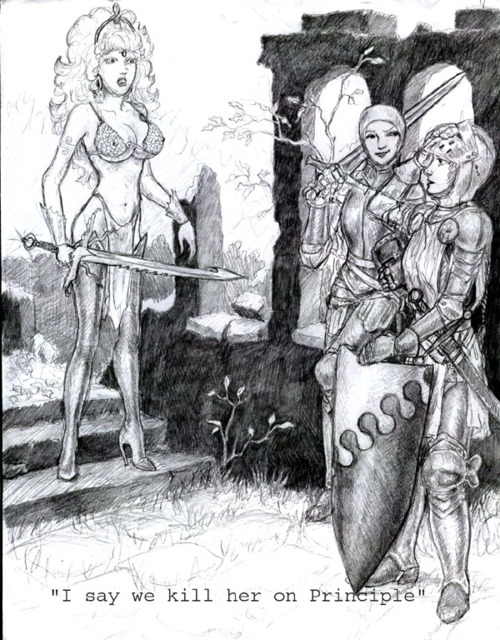From the logs of the CS Proximate Valiance, assigned to the Mírlan system:
At Courtly falling 17 standard, CS Proximate Valiance, having recently departed the refueling facilities of the gas giant Cálmíeré, received a distress call from the vicinity of Chanith, the 87th moon of the said gas giant. This distress call, while itself incoherent, carried a valid suit subcarrier stamp for the IS Respondent Avaricious, a private yacht registered with the Mírlan Starport Authority. Upon establishing that it possessed the greatest reserve Δv of the available ships in the vicinity of the moon, CS Proximate Valiance vectored to intercept and provide assistance.
Upon arrival in the vicinity of Chanith some 3.5 hours later, no extravehicular personnel were located, and transmission of the distress call had ceased. However, the IS Respondent Avaricious was located, making thrust away from Chanith on an approximate minimum delta transfer vector for Woven Night Station, a corporate/residential drift-habitat registered to Anja Microtechnics, ICC. Upon being hailed, IS Respondent Avaricious denied being in present distress, but complied with instructions to heave to and be boarded.
On further investigation, the crew of the Respondent (enumeration appended) proved to be students apprenticing at Microtechnics, who had leased the Respondent for an impromptu low-gravity skiing expedition to Chanith, making use of a convenient slope, slipspray application, and solid-fuel thruster packs in order to pull off the “round-the-world jump”. One member of the group, Citizen Philas Seleyev-ith-Selvia, it appears, had spiked his suit water supply with some home-made distillates of rather dubious composition, and as a consequence of the resulting inebriation had attempted to make the jump using two thruster packs. The resulting excess thrust, despite a late attempt to dump one of the thruster packs during his jump, led to him inadvertently exceeding Chanith escape velocity when he bounced off the ground at the bottom of the slope and drifting off into space in a deadman’s tumble. It was during this drift that the incoherent distress call picked up by the Proximate Valiance was transmitted, although he was thereafter recovered by the rest of his party in their own ship.
Citations (enumeration appended) have been issued for misuse of the distress frequency, failure to properly terminate a distress situation, leaving the scene of a distress situation under power, gross incompetence in command of a space vessel, and littering (the Respondent failed to collect the discarded thruster pack).
A routine medical check was performed on Citizen Seleyev-ith-Selvia. Having been picked up by the Respondent before his suit oxygen was exhausted, it would appear that he has suffered no additional brain damage or other injury from the incident.

